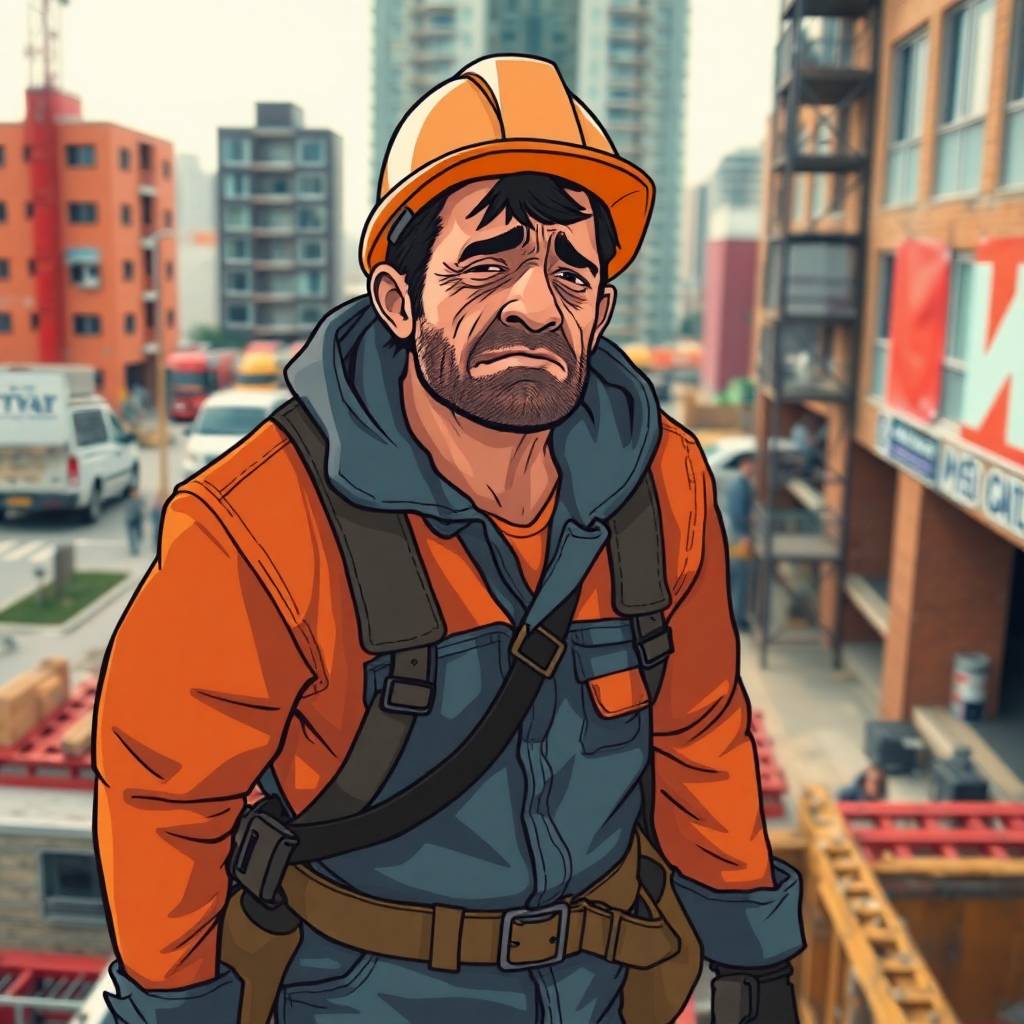As a sole‑trader or small‑business tradie in Australia, you’re juggling quotes, tools, clients, compliance and long hours. But one risk that’s too often overlooked is fatigue risk. When your body and mind are drained, your reaction time slows, decision‑making weakens and safety controls begin to slip. Managing tradie work fatigue management isn’t just a personal health issue, it’s a core business and safety strategy.
Why fatigue matters so much for tradies
Fatigue is more than feeling tired, it causes a reduction in attention, slower reaction times, decision‑making errors, and serious safety incidents. For sole‑traders who may be both the worker and the supervisor, fatigue can become the weakest link on their own crew. Fatigue contributes to attention drop‑off, skipped controls, cumulative risk and business costs.
Why fatigue matters so much for tradies
Fatigue is more than feeling tired, it causes a reduction in attention, slower reaction times, decision‑making errors, and serious safety incidents. For sole‑traders who may be both the worker and the supervisor, fatigue can become the weakest link on their own crew. Fatigue contributes to attention drop‑off, skipped controls, cumulative risk and business costs.
Fatigue risk checklist: Before you even leave the ute
I got at least 6.5 hours sleep last night. I’ve scheduled at least one short break mid‑afternoon. I’m not driving long after a full site day unless rested. I will review my job‑specific SWMS and check the fatigue section. If I feel tired, stressed or rushed – I will stop, reassess and delay the start.
6 Practical Steps for Tradies to Manage Fatigue
1. Realistic job‑scope – Aim to finish 4–5 major tasks, not 8. Build in a buffer for site changes.
2. Schedule breaks & rest – Block rest periods, even 10 minutes in shade or a quiet spot counts.
3. Monitor fatigue triggers – Note when you feel stressed, short‑tempered or slower; pause key tasks.
4. Use documentation – Include fatigue controls in your SWMS, and run a quick morning toolbox talk.
5. Manage after‑hours risk – Limit driving, admin work or site pickups late when tired.
6. Stay physically ready – Hydrate, eat regular, avoid heavy work when hot and tired.

Common Mistakes That Lead to Fatigue‑Related Incidents
• No documentation of fatigue in your risk plan, shows exposure if something happens.
• Late‑night driving after full day on‑site, response times slow, controls fail.
• Ignoring weather & site conditions: heat, long hours, heavy tools = higher fatigue.
• Using generic SWMS that don’t capture fatigue controls, inspectors and clients notice.
Case Study: Regional Hardwood Flooring Crew in QLD
Matt, a solo flooring contractor based in regional QLD, found his fatigue creeping up during 12‑hour jobs and long drives back to town. After incorporating a simple fatigue section into his SWMS (break after 4 hours, shade rest, limit return drive after 6pm) he reduced near‑misses by 40% within a month. His clients noticed the documentation and asked for it in quotes, which helped him win two new contracts.
How Your All‑in‑One SWMS and Safety System Helps
If you’re juggling compliance, site pressure and long hours, your safety system shouldn’t be an after‑thought. The all‑in‑one SWMS & safety‑system gives tradies ready‑to‑use SWMS templates, fatigue‑management controls, toolbox talk prompts, digital checklists and a streamlined way to prove due diligence.
Quick FAQs
Do I need a separate fatigue plan if I already have a SWMS?
No. Your fatigue controls can and should sit within your job‑specific SWMS or general safety management plan.
When does fatigue become ‘high‑risk work’?
Fatigue is considered high risk if it impacts tasks where a single error can cause major harm, working at heights, driving after dark, operating heavy equipment.
How do I prove I’m managing fatigue for compliance?
Keep records: your SWMS, toolbox talks noting fatigue controls, break/shift logs and incident data.
Make Fatigue Your Safety Advantage
Fatigue might be invisible, but its consequences aren’t. For sole‑trader or small‑business tradies, treating fatigue like any other hazard, planning for it, documenting it, controlling it, means you stay sharp, safe and in control. You stand out as a professional, you reduce risk, and you protect your business.
Ready to get the full safety system in place? Visit our all‑in‑one SWMS & safety‑system and download your template today. You’ll cover fatigue, hazards, site control, toolbox talks, all in one place.


